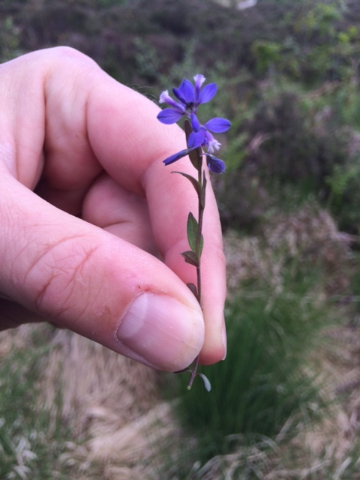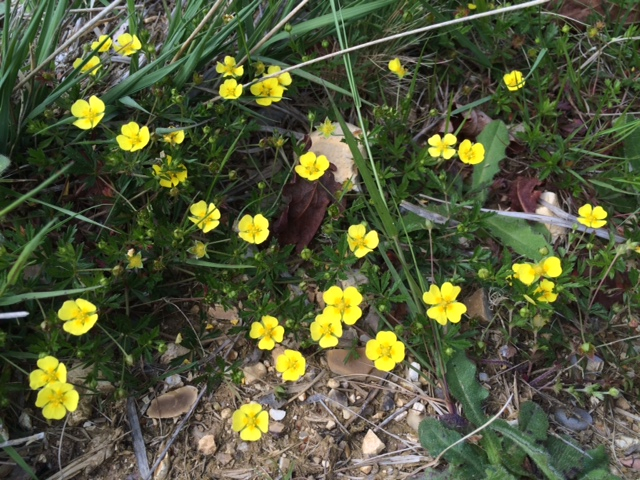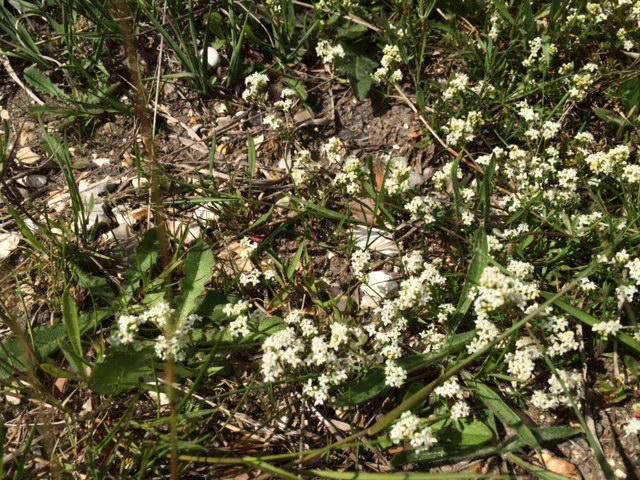Late May is typically the time that sand lizards (Lacerta agilis) start digging tunnels in which to lay their eggs. First they make several exploratory diggings in bare firm sandy ground, and may take several attempts before they manage to dig a suitable egg burrow. The nesting period usually lasts from the last week of May to the first week of June in southern England, and activity may be peaked or spread over a wider period if weather is poor. Warm dry afternoons and evenings are the favoured time for digging.
Yesterday on a survey at Plumley Heath in Ringwood Forest, Dorset, I found my first definite signs of sand lizard nesting, with several exploratory 'test burrows' 
Late May is a lovely time for heathland botany too, and yesterday's Plumley Heath survey was awash with tormentil (Potentilla erecta, bottom right), heath bedstraw (Galium saxatile, bottom left), and a 
All of these are plants of damp heathland and acid grassland. In this case they were found on forestry plantation ride edges, and along heathland rides.


